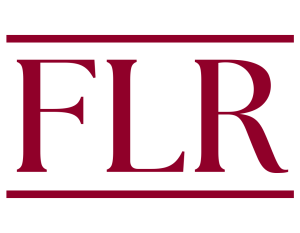Abstract
Federal prosecutors have several tools at their disposal to bring criminal charges against state and local officials for their engagement in corrupt activity. Section 666 federal funds bribery and § 1951 Hobbs Act extortion, two such statuary tools, have coexisted for the past thirty-six years, during which time § 666 has seen an increasing share of total prosecutions while the Hobbs Act’s share of prosecutions has fallen commensurately.
In the summer of 2016, the U.S. Supreme Court decided McDonnell v. United States—a decision that threatens to quicken the demise of Hobbs Act extortion in favor of § 666. If McDonnell is interpreted to apply to Hobbs Act extortion but not to § 666, we can expect the latter to become the unchallenged favorite of federal prosecutors as well as increased litigation over whether § 666 bribery contains a quid pro quo requirement. This is likely to occur given § 666’s coverage of the same corrupt behavior, expansive jurisdictional hook, and, following McDonnell, lower difficulty of proving violations within some circuits. To avoid this eventuality, lower courts should distinguish McDonnell because of its unique procedural posture and continue to apply the existing quid pro quo framework. Before meaningful change to our federal bribery statutes can take place, the courts of appeals must first find consensus over whether and when § 666 requires the government to prove the existence of a quid pro quo.

